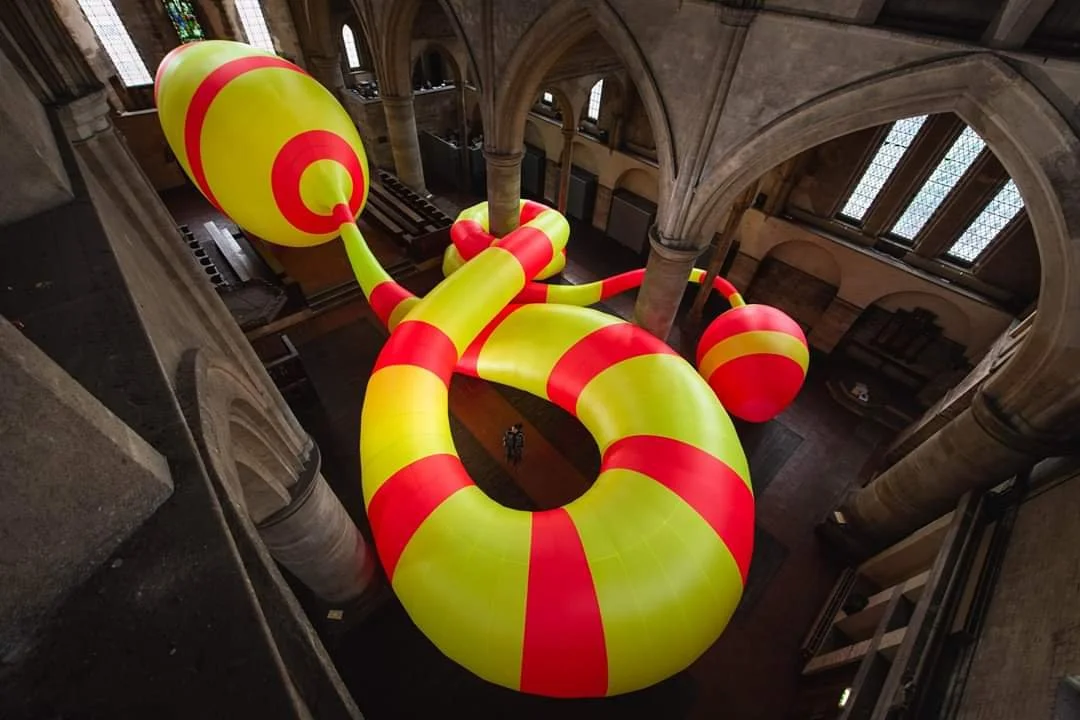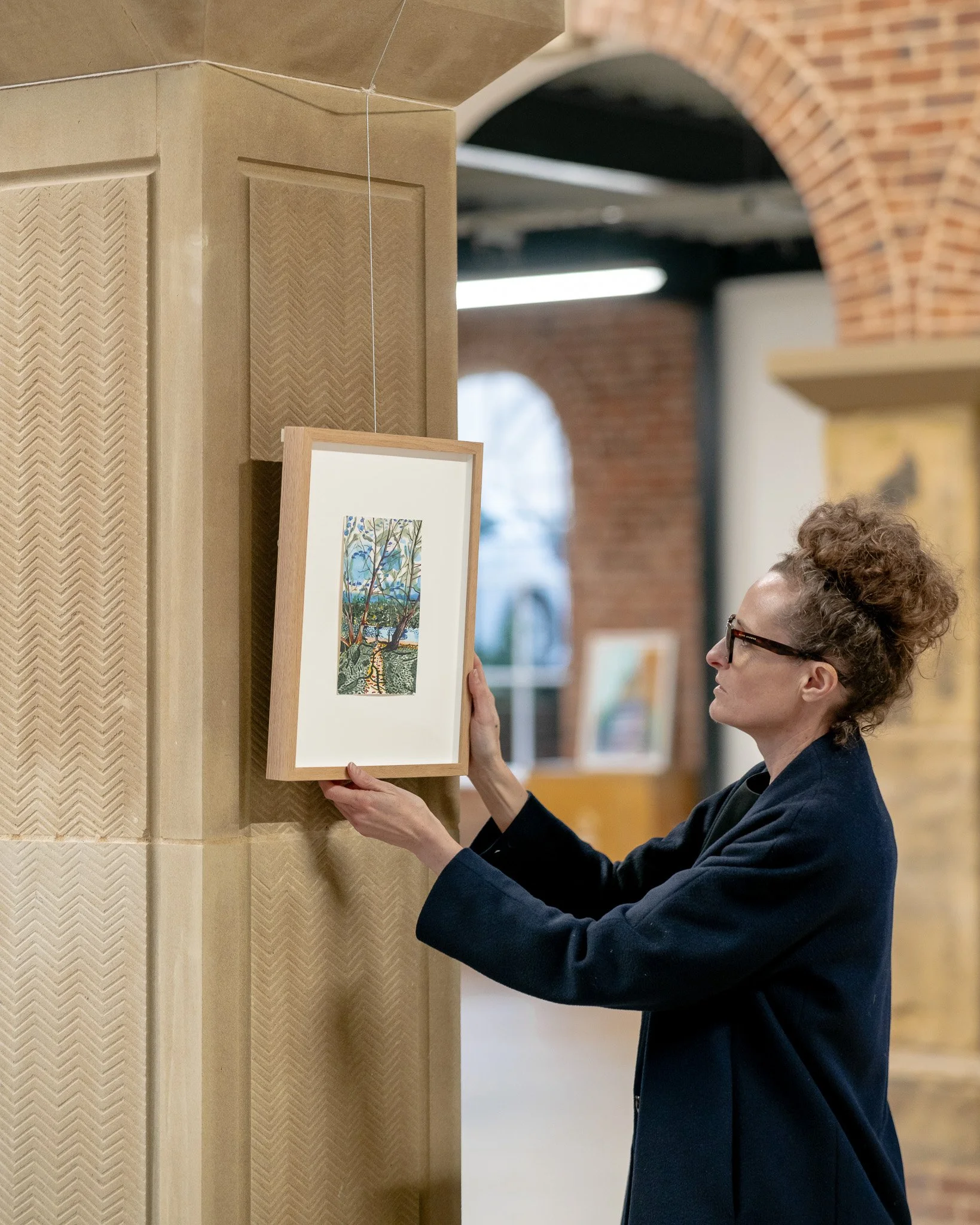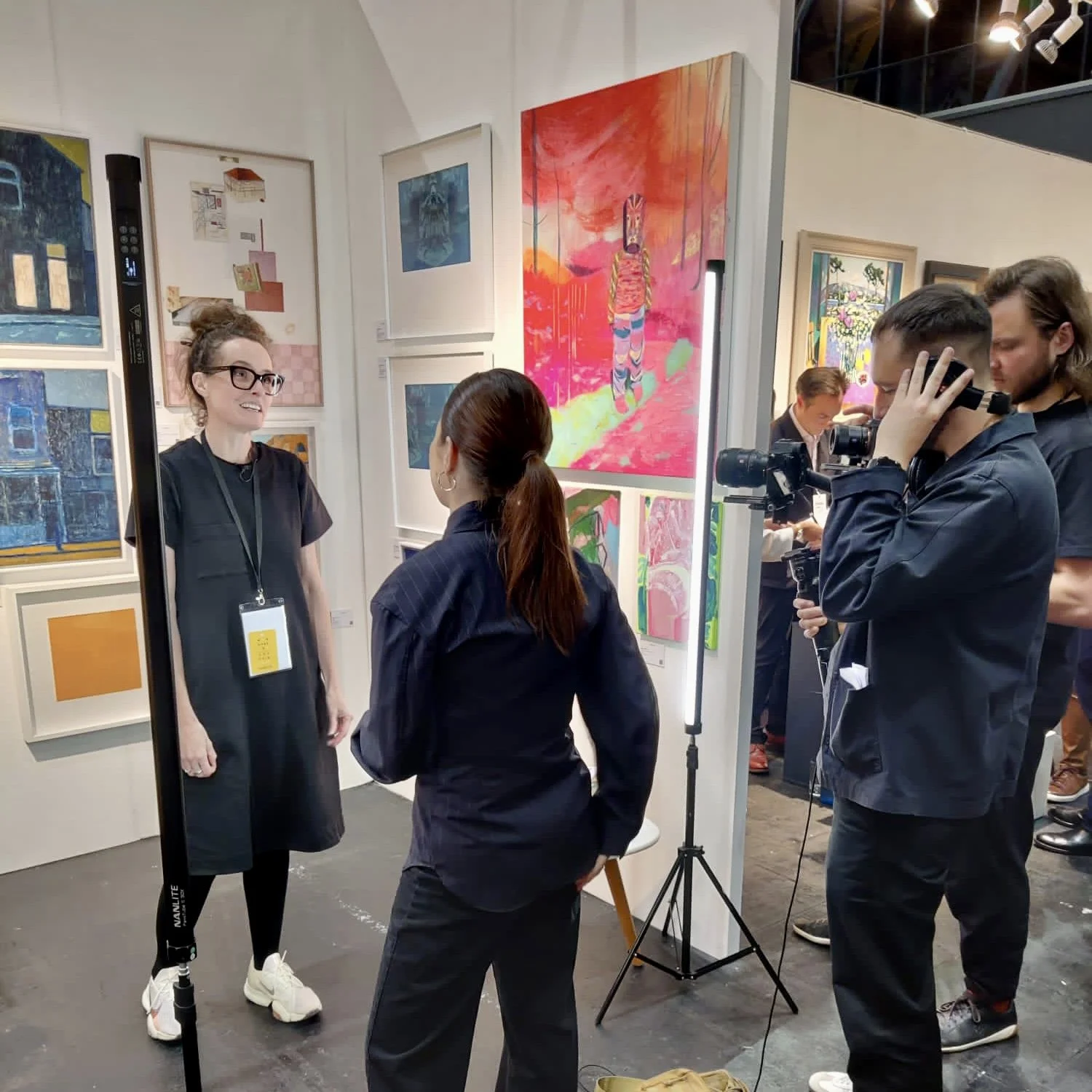
artist / curator / collaborator
-

ARTIST
My artistic practice explores aspects of my own identity. I work with materials taken from the places I lived during my childhood such as rocks, sand, dirt and found objects. These take on forms that I feel resonate with the sense of place and my associated feelings and can include sculpture, installation, drawing, photography and film.
-
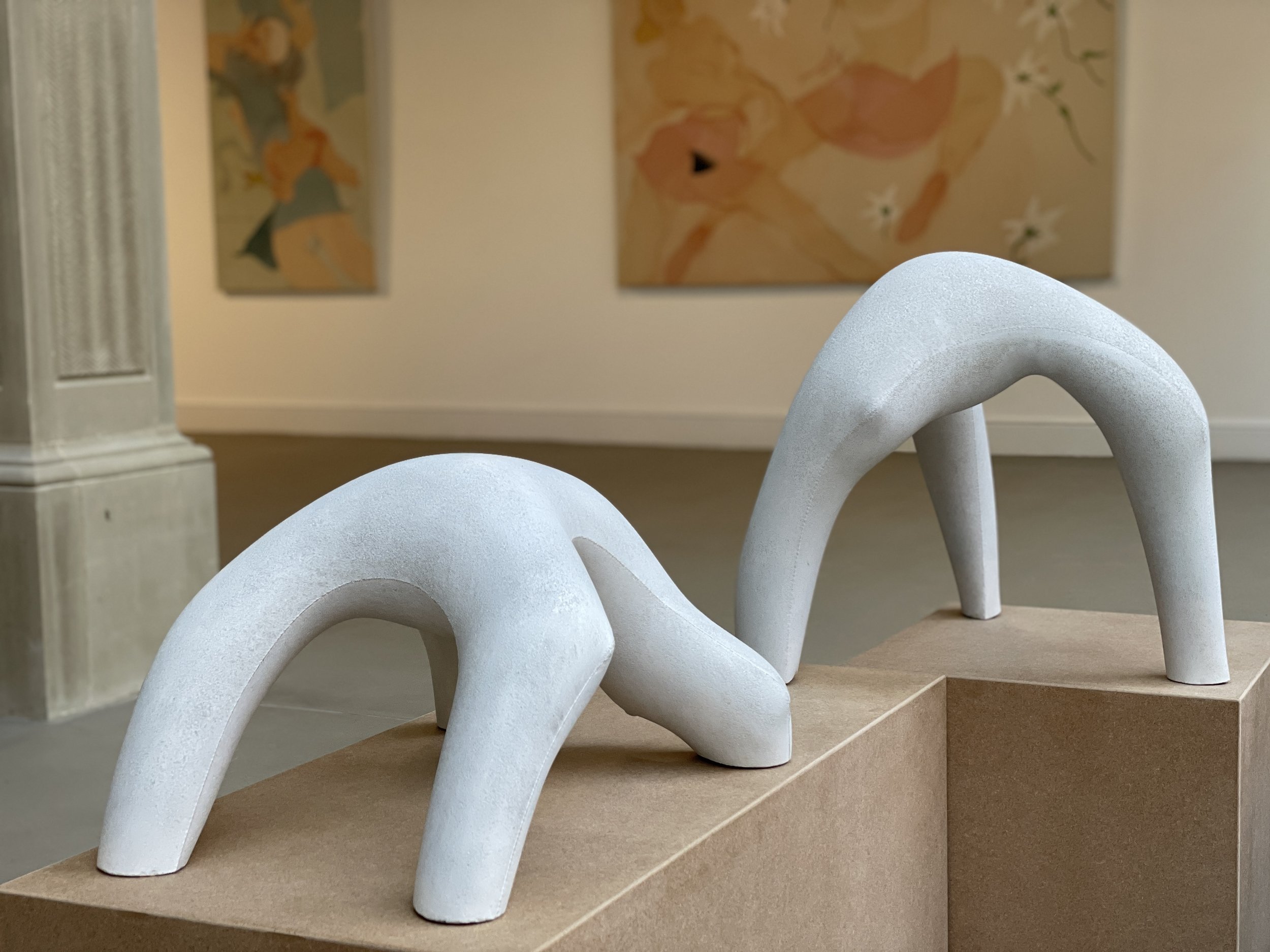
CURATOR
As an independent curator I deliver a range of cultural projects that are a mixture of client led and self initiated. I work with clients such as National Trust, The Mercer Art Gallery, Leeds Playhouse, Sunny Bank Mills and Rushbond. I founded the Leeds Summer Group Show in 2015 and I write a monthly column for The State Of The Arts called Snooping Through Studios.
-
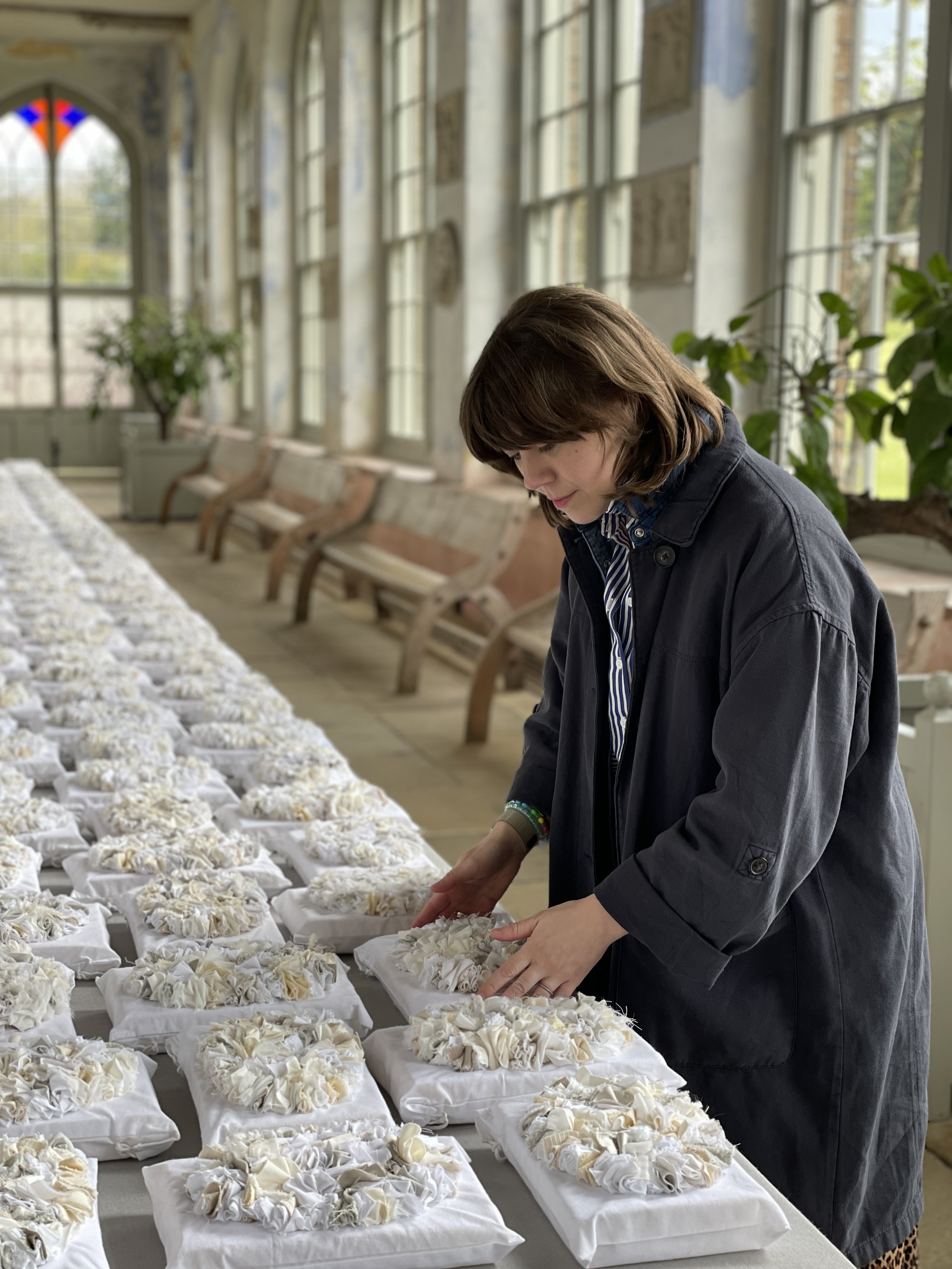
COLLABORATOR
I take a collaborative approach to much of my work. I have a collaborative working relationships with some artists and I also have formal collaborations with brands and organisations such as Eye Room, an independent optician in Leeds City Centre and Rushbond, the Yorkshire-based property developer.
BACKGROUND
Just a quick overview since uni:
Studied art and transferred to design
Worked as a graphic designer for a newspaper and then in sales for a radio station.
Moved to the UK and my first proper job was at Leeds College of Art & Design in marketing
Worked in HE but missed the arts
Became the Director at Left Bank Leeds where I got to curate and oversee the arts programming
Started the annual Leeds Summer Group Show
Curated shows and commissioned new works including INF23 by Michael Shaw (this was quite key in what I’m doing at the moment)
Did an 8-week research trip around WA for my Returning Project
Worked with LMG
Have been freelance for three years
CURATING
Your role as a curator is to care about the art, how it is shown, the stories it tells, the context in which it’s presented and the way audiences engage with the works.
I suspect that for the end of your show, you’re not only curating but also installing.
Here’s a top ten list of things to consider when curating your end-of-year show:
Consider the viewer, how they navigate the space and site lines
Logistics and restrictions can help guide some decisions and try to use things you have to hand when problem-solving
Size and scale
Colour and contrast
Space and lighting
Storytelling and context
Look at how shows are curated and hung
Be brave and try things out to see how they look
Be organised and give yourself contingency time
Be the sort of person that people want to work with
Over to you!
